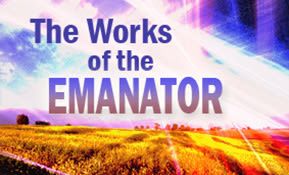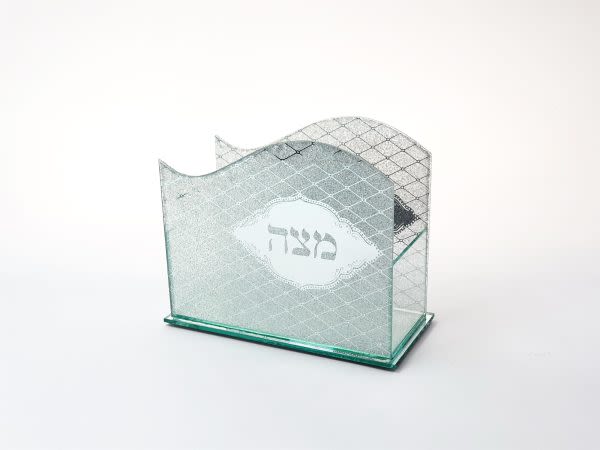
Contradictory Likenesses, Part 2
Many apparent contradictions in the writings of the ARI are not really contradictions at all. What the prophet...

When one looks at the totality of all the worlds with the line (Kav) within them, the circles appear one within the other and the line goes down through the middle, continuing all the way to the end (i.e. down to the lower half of the circles of Atik). In this view Asiyah appears to be in the middle. However, when one goes on to examine the line, Asiyah appears to be at the end of the line (as if the line does not continue past the center, down to the lower half of the circle of Atik). If one attempts to view Asiyah in the circular and linear view simultaneously, it appears to be above and below at one and the same time – “above”, in the sense of being in the center of the circles, “below” in the sense of being at the end of the line. A similar example from this world would be what the rabbis said about Moses’ burial place: to those standing below, it would appear as if it were above, but to those above, it would appear as if it were below (Sotah 14a).
The same principle applies in all the exalted visions of prophecy. They may take all kinds of different forms and change literally from moment to moment, as in a dream – for all these phenomena are found in dreams. Similarly, many other apparent contradictions in the writings of the ARI are not really contradictions at all. For in truth, what the prophet sees appears in both ways even at one and the same time, as in the case of a dream.
Each likeness seen in the prophetic vision provides knowledge about one power… Not for nothing do the images change. On the contrary, when two different visions of one and the same subject are seen, it is understood that both provide knowledge about the subject in question, and the prophet who sees the vision understands its meaning. From each image the prophet attains knowledge of a separate aspect of the general power that he sees …and one attribute… i.e., he comes to understand things in de. When there are many different aspects, one likeness will provide knowledge about one attribute and everything dependent upon it and deriving from it in the overall scheme of government. Another likeness will provide knowledge about a different attribute and all that depends on and derives from it.
For example, when examining the causal chain (hishtalshelut) through which the various Partzufim are related, Yesod of Atik appears to end in the chest (Tiferet) of Arich Anpin, and from there emerge forces of Kindness and Severity, as will be discussed in its place (Opening 110). However, when we examine the Partzufim from the point of view of how one is clothed in another (halbashah), Yesod of Atik appears to end in Yesod of Arich Anpin. It seems both ways because both are true. These matters are revealed through the visions of the prophets.
The attributes and powers become known according to the true, correct order in which they are arranged and function… The difference between the vision seen by the prophet and the meaning of the vision, namely the underlying reality understood from it, is that the vision is in accordance with what the soul can receive. The Emanator, blessed be His Name, laid down the law that the prophets or the souls can receive only through this vision. Accordingly, their understanding of all the different aspects of God’s attributes and His government that they need to understand comes to them through their visions, which follow the established laws governing the prophetic vision.
The vision changes according to the subject so as to make it possible for the souls to attain knowledge of each aspect in turn. Even though different visions may not be consistent with one another, this is of no import. On the contrary, the soul sees both visions, gaining knowledge of the two different aspects just as they are. The soul attains knowledge of God’s powers and attributes according to their true essence and their place in the scheme of government. Yet the soul attains this knowledge in a way that is suited to its ability to receive. This is the meaning of the concluding words of this proposition: .while the likenesses are in accordance with the soul’s ability to receive. For only in this way is it possible for the soul to attain knowledge and not in any other way.
The Sefirot can appear in likenesses that may even be mutually contradictory, in exactly the same way as images in a dream may change in a single moment. Each likeness seen in the prophetic vision provides knowledge about one power and one attribute. The attributes and powers become known according to the true, proper order in which they are arranged and function, while the likenesses are in accordance with the soul’s ability to receive.
To be continued.
To purchase The 138 Openings of Wisdom, click here. Rabbi Avraham Greenbaum is the director of Azamra (http://www.azamra.org/).













Tell us what you think!
Thank you for your comment!
It will be published after approval by the Editor.